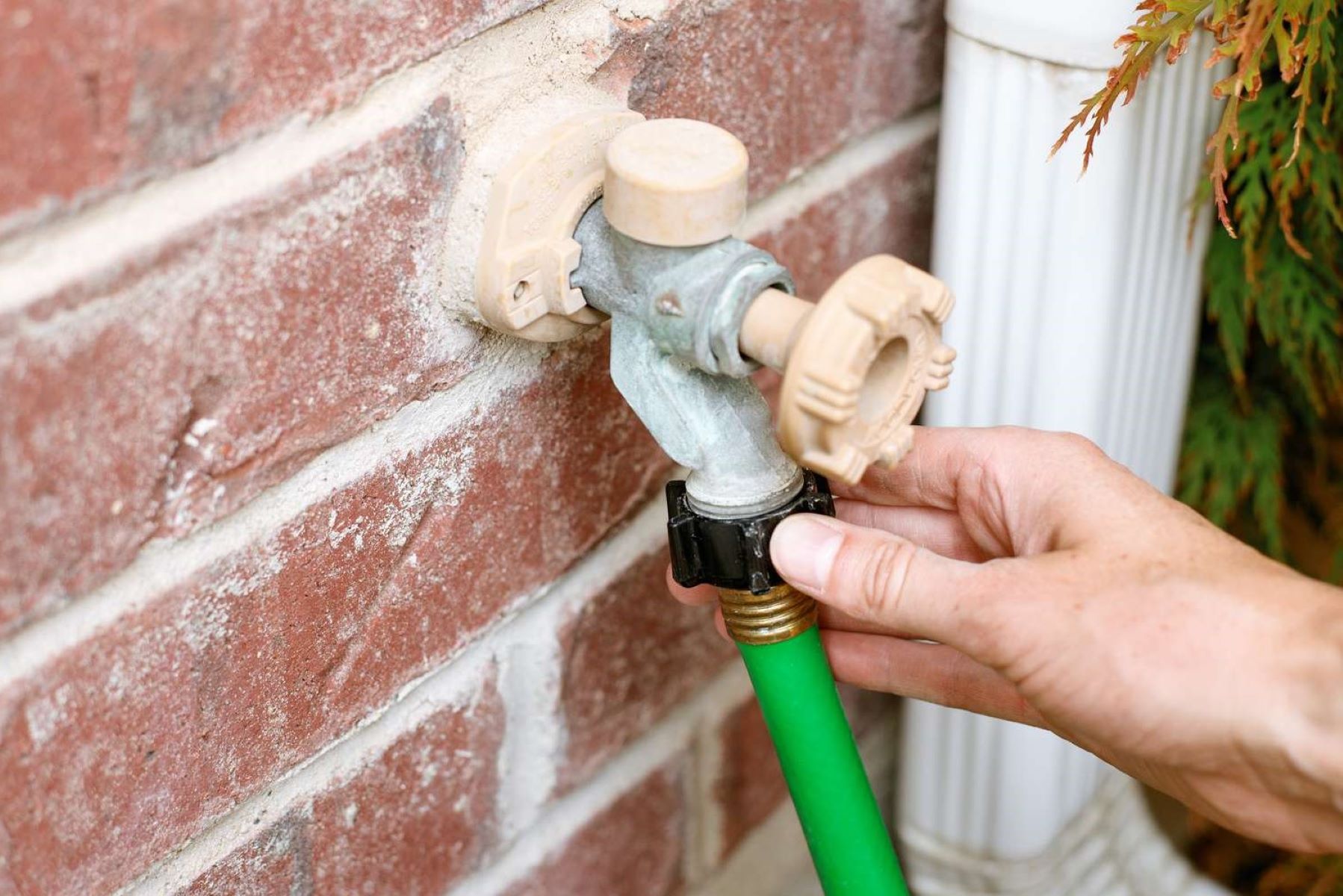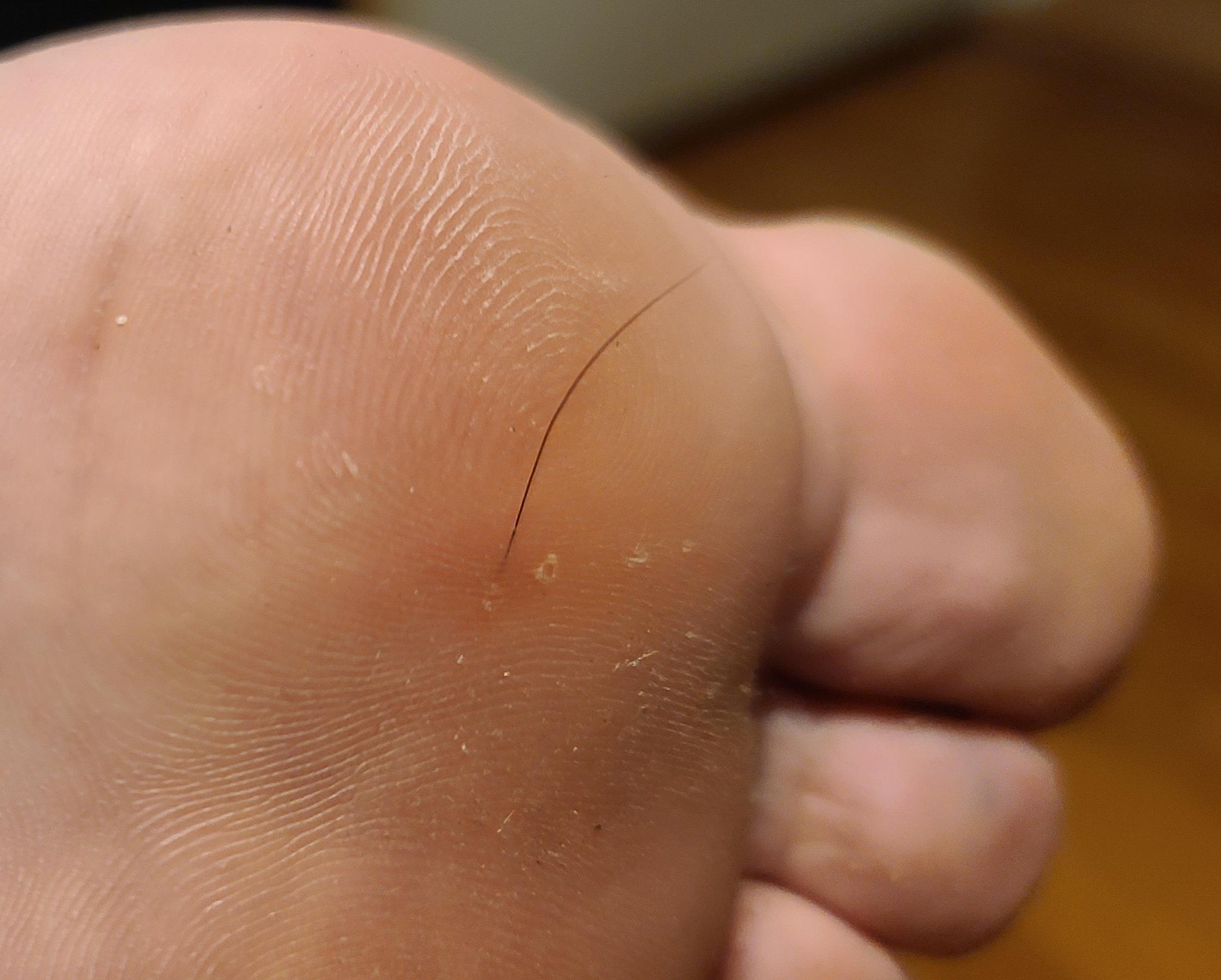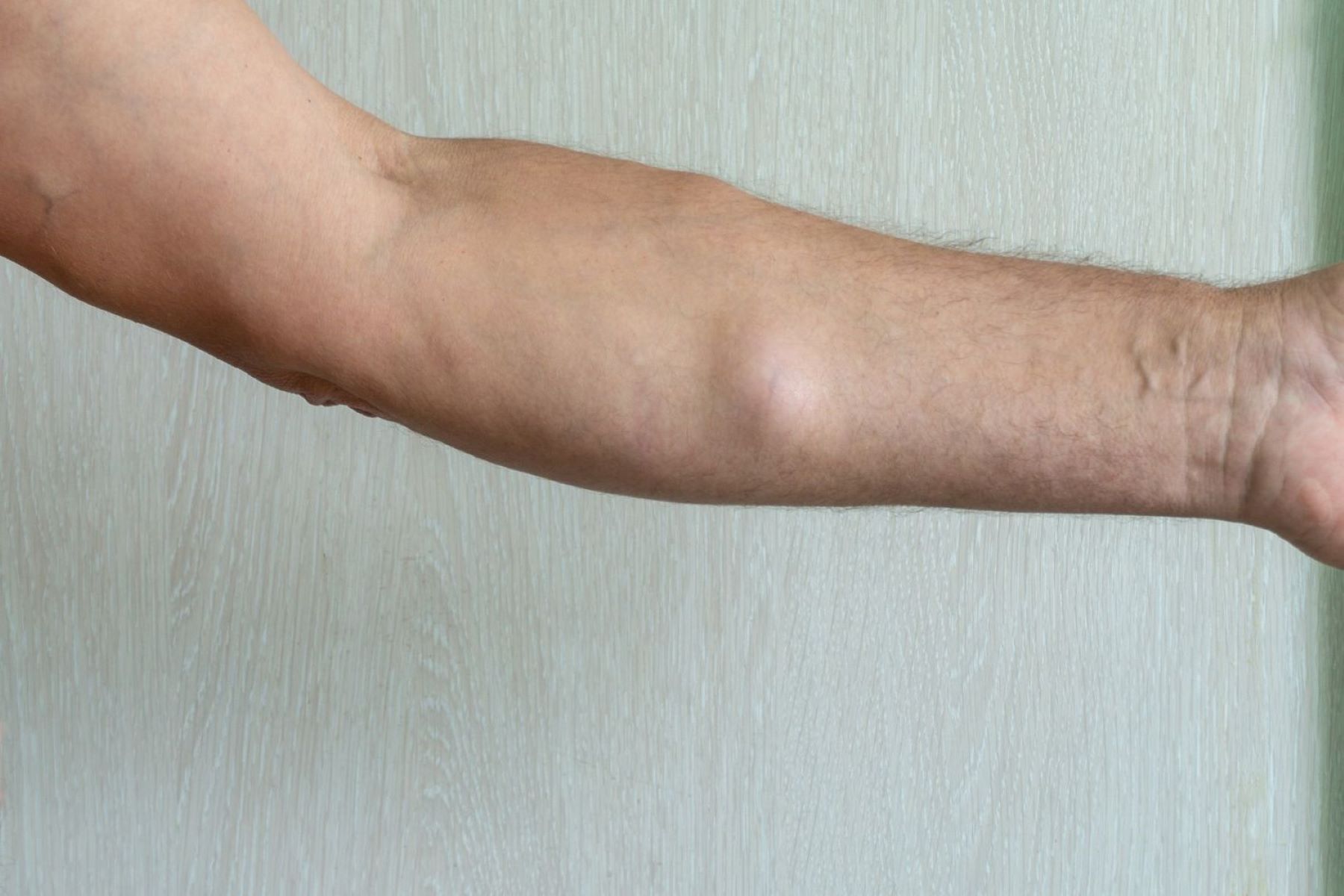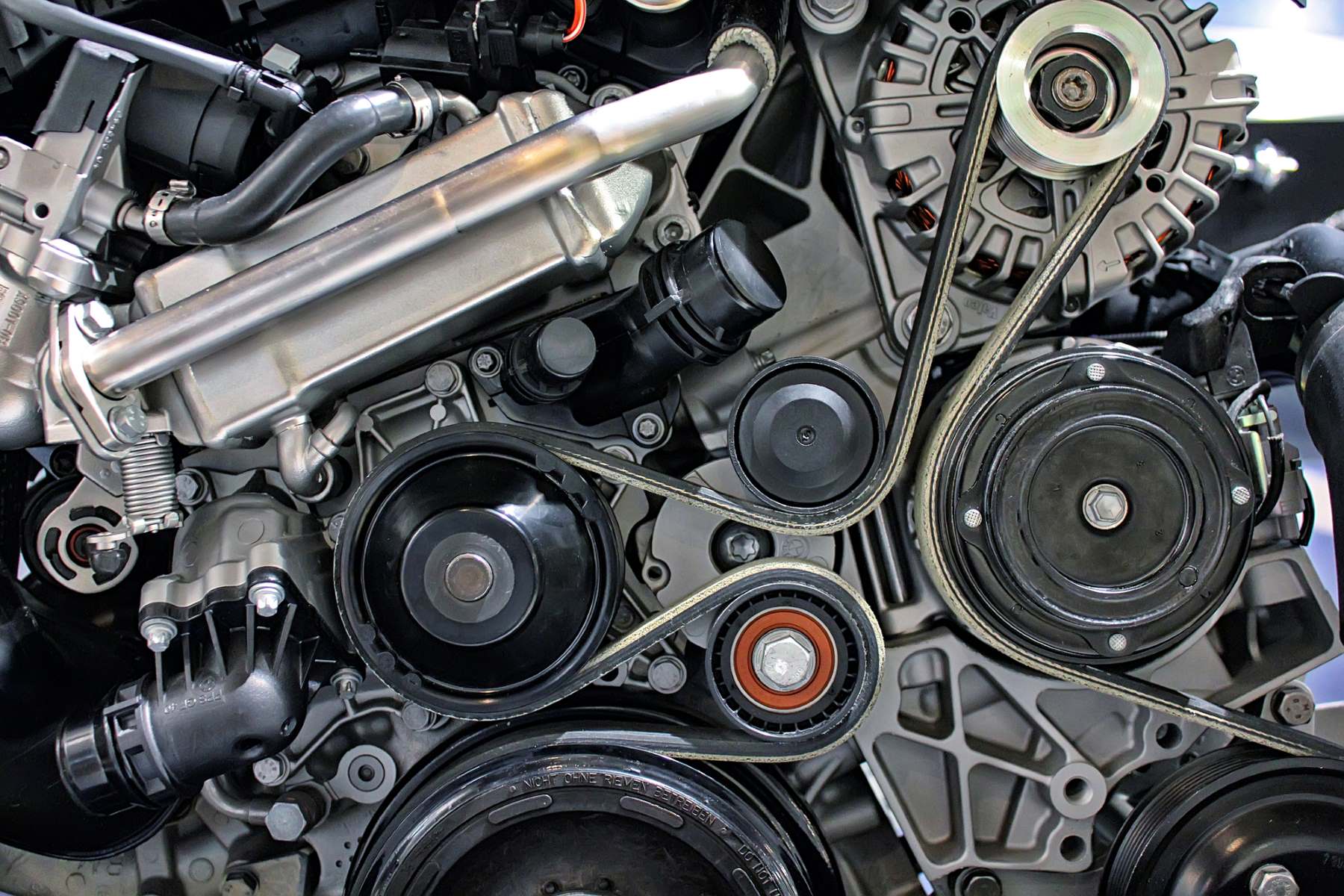Home>Automotive>How To Remove Tar From Your Car
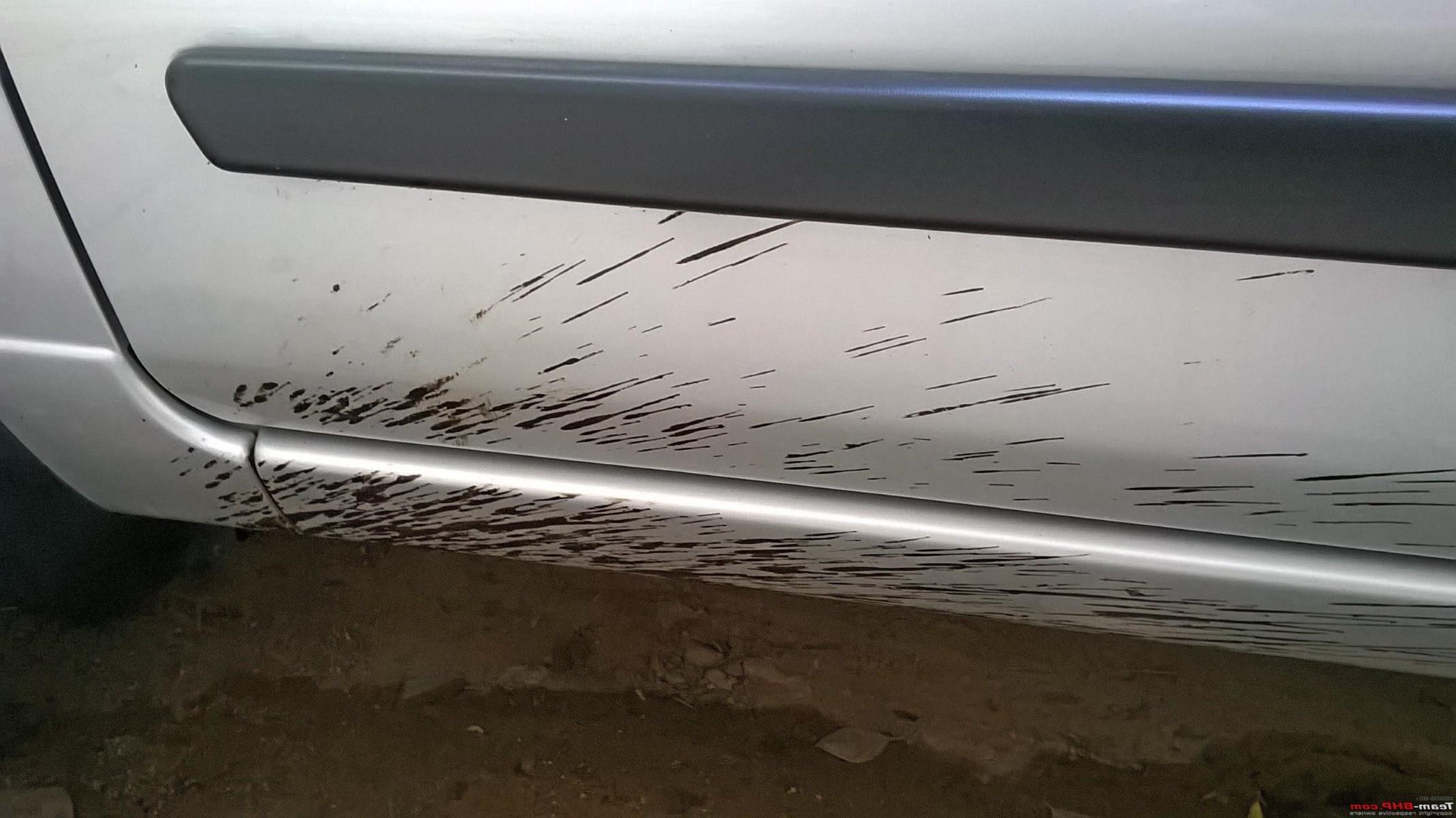

Automotive
How To Remove Tar From Your Car
Published: February 26, 2024
Learn effective methods for removing tar from your car with our expert automotive tips. Keep your vehicle looking its best with our step-by-step guide.
(Many of the links in this article redirect to a specific reviewed product. Your purchase of these products through affiliate links helps to generate commission for Regretless.com, at no extra cost. Learn more)
Table of Contents
Introduction
Tar can be a stubborn and unsightly nuisance that often finds its way onto your car's exterior. Whether it's from freshly paved roads or parking in areas with high tar exposure, dealing with tar on your car can be a frustrating experience. However, with the right tools and techniques, you can effectively remove tar and restore your car's pristine appearance.
In this comprehensive guide, we will delve into the world of tar removal, providing you with valuable insights and step-by-step instructions to help you tackle this common issue. From understanding the effects of tar on your car's surface to outlining the essential tools and materials needed for tar removal, we've got you covered. Additionally, we'll walk you through a detailed process for removing tar from your car, ensuring that you can achieve professional-quality results without the hefty price tag.
So, if you've been grappling with unsightly tar spots marring your car's finish, fear not. By the time you've finished reading this guide, you'll be equipped with the knowledge and expertise to rid your car of tar and keep it looking its best for miles to come. Let's dive in and discover the secrets to effectively removing tar from your car's exterior.
Read more: How To Remove Stickers From Glass On Car
Understanding Tar and Its Effects on Your Car
Tar, a sticky, black, and viscous substance derived from organic materials such as wood, coal, or petroleum, can wreak havoc on your car's exterior. When your vehicle comes into contact with tar, whether from freshly paved roads or construction sites, it can adhere to the surface, creating unsightly blemishes that detract from its overall appearance.
The effects of tar on your car extend beyond mere aesthetics. As tar accumulates on the exterior, it can compromise the paint and clear coat, leading to potential long-term damage. The sticky nature of tar makes it a magnet for dirt and debris, further exacerbating the problem. Over time, if left untreated, tar can become increasingly difficult to remove, requiring more intensive cleaning methods that may pose a risk to the underlying paintwork.
Moreover, exposure to sunlight and fluctuating temperatures can cause the tar to harden, making it even more challenging to remove. This hardened tar can create rough, uneven patches on the car's surface, detracting from its smooth and lustrous finish.
In addition to its physical impact, tar can also affect the overall protective properties of your car's wax or sealant. As it adheres to the surface, it forms a barrier that hinders the effectiveness of protective coatings, leaving your car vulnerable to environmental elements and reducing the longevity of its shine.
Understanding the detrimental effects of tar on your car is crucial in realizing the importance of prompt and effective removal. By addressing tar buildup in a timely manner, you can safeguard your car's exterior and preserve its pristine condition for years to come. Now that we've explored the impact of tar on your car, let's delve into the essential tools and materials needed for successful tar removal.
Tools and Materials Needed for Tar Removal
When it comes to effectively removing tar from your car's exterior, having the right tools and materials at your disposal is essential. Here's a comprehensive list of items you'll need to tackle the task of tar removal:
-
Tar Remover Solution: A high-quality tar remover solution is the cornerstone of any successful tar removal process. Look for a specialized tar remover that is formulated to dissolve and lift stubborn tar spots without damaging your car's paintwork.
-
Microfiber Towels: Soft, lint-free microfiber towels are indispensable for gently wiping away tar residue without scratching the surface of your car. Opt for high-quality microfiber towels to ensure a smooth and safe cleaning process.
-
Clay Bar: A clay bar is a versatile tool that can effectively remove embedded contaminants, including tar, from your car's paint. When used in conjunction with a lubricant, a clay bar can glide over the surface, picking up tar particles and leaving your car's paint smooth and clean.
-
Gloves: Protect your hands from harsh chemicals and tar residue by wearing a pair of durable gloves. Nitrile or latex gloves provide a barrier against skin irritation and ensure a more comfortable cleaning experience.
-
Protective Eyewear: While working with tar remover solutions, it's important to safeguard your eyes from potential splashes or fumes. Invest in a pair of protective goggles to shield your eyes during the tar removal process.
-
Applicator Pad or Sponge: An applicator pad or sponge is ideal for applying tar remover solution to targeted areas. Choose a soft and absorbent applicator pad to ensure even distribution of the tar remover without causing abrasions.
-
Car Wash Soap: After removing tar, it's essential to thoroughly wash and rinse your car to eliminate any remaining residue. A gentle car wash soap will help restore your car's shine and remove any lingering traces of tar remover solution.
-
Wax or Sealant: Following tar removal, consider applying a fresh coat of wax or sealant to protect your car's paint and enhance its luster. This additional step can help fortify the surface against future tar buildup and environmental elements.
By assembling these essential tools and materials, you'll be well-equipped to tackle the task of tar removal with confidence and precision. With the right arsenal at your disposal, you can effectively restore your car's exterior to its former glory, free from unsightly tar spots. Now that you're familiar with the tools and materials needed for tar removal, let's proceed to the next section and explore the step-by-step guide to removing tar from your car.
Step-by-Step Guide to Removing Tar from Your Car
-
Preparation: Begin by ensuring that your car is parked in a shaded area and the surface is cool to the touch. This will prevent the tar remover solution from drying too quickly, allowing for a more effective cleaning process.
-
Inspect the Affected Areas: Thoroughly examine your car's exterior to identify the areas affected by tar. Take note of any particularly stubborn tar spots or buildup that may require extra attention during the removal process.
-
Apply Tar Remover Solution: Using an applicator pad or sponge, apply the tar remover solution to the affected areas. Allow the solution to dwell on the tar spots for a few minutes to effectively dissolve the tar and make it easier to remove.
-
Gently Wipe with Microfiber Towel: After the tar remover has had time to work its magic, gently wipe the treated areas with a clean microfiber towel. Use light pressure to lift the dissolved tar from the surface, taking care not to rub too vigorously to avoid potential scratches.
-
Clay Bar Treatment: For persistent tar spots that remain after the initial application of the tar remover, use a clay bar in combination with a lubricant to gently glide over the affected areas. The clay bar will pick up any remaining tar residue, leaving the paint surface smooth and free from contaminants.
-
Thorough Wash and Rinse: Once the tar has been successfully removed, wash your car with a gentle car wash soap to eliminate any residual tar remover solution and ensure a clean finish. Thoroughly rinse the car to remove all traces of soap and remaining tar residue.
-
Inspect and Touch-Up: After washing and drying your car, inspect the treated areas to ensure that all traces of tar have been effectively removed. If necessary, perform any touch-up cleaning to address lingering tar spots and achieve a flawless finish.
-
Apply Wax or Sealant: To protect your car's paint and restore its shine, consider applying a fresh coat of wax or sealant. This additional step will provide a protective barrier against future tar buildup and environmental contaminants, enhancing the longevity of your car's pristine appearance.
By following this step-by-step guide, you can effectively remove tar from your car's exterior, restoring its beauty and safeguarding the paint from potential damage. With the right approach and attention to detail, you can achieve professional-quality results and keep your car looking its best for the road ahead.
Tips for Preventing Tar Build-Up on Your Car
Preventing tar build-up on your car's exterior is not only essential for maintaining its pristine appearance but also for safeguarding the paint and clear coat from potential damage. By implementing proactive measures, you can minimize the risk of tar accumulation and preserve the overall condition of your vehicle. Here are some valuable tips to help you prevent tar build-up and keep your car looking its best:
-
Regular Washing and Waxing: Establish a routine for washing and waxing your car to create a protective barrier against tar and other contaminants. Regular washing removes surface debris and prevents the accumulation of dirt and tar, while waxing provides an additional layer of defense, making it more difficult for tar to adhere to the paint.
-
Avoiding Tar-Prone Areas: Be mindful of areas with known tar exposure, such as freshly paved roads and construction sites. Whenever possible, try to avoid parking or driving through these locations to minimize the risk of tar coming into contact with your car's exterior.
-
Prompt Cleaning of Tar Spots: If you notice tar spots on your car, address them promptly to prevent further adhesion and potential damage. Using a specialized tar remover solution, gently clean the affected areas to prevent the tar from hardening and becoming more challenging to remove.
-
Protective Coatings and Sealants: Consider applying a high-quality paint sealant or ceramic coating to provide long-lasting protection against tar, road grime, and environmental contaminants. These protective coatings create a hydrophobic barrier, making it easier to clean and maintain your car's exterior.
-
Use of Protective Films: Installing clear protective films, such as paint protection film (PPF), on vulnerable areas of your car, such as the front bumper and hood, can act as a shield against tar, rock chips, and other debris. These films offer an added layer of defense while preserving the original paint finish.
-
Regular Inspection and Maintenance: Periodically inspect your car's exterior for any signs of tar build-up or stubborn spots. By staying vigilant and addressing any tar residue promptly, you can prevent it from becoming a more significant issue that requires intensive cleaning or detailing.
-
Avoiding Extreme Heat Exposure: Whenever possible, park your car in shaded areas or use a car cover to shield it from prolonged exposure to direct sunlight. High temperatures can cause tar to soften and become more adhesive, increasing the likelihood of it adhering to your car's surface.
By incorporating these preventive measures into your car care routine, you can effectively minimize the risk of tar build-up and preserve the beauty and integrity of your vehicle's exterior. With proactive maintenance and protective strategies in place, you can enjoy a clean, tar-free car that exudes a lasting shine and allure on the open road.
Read more: How To Remove An Eviction From Your Record
Conclusion
In conclusion, the presence of tar on your car's exterior can pose a significant challenge, impacting both its visual appeal and long-term condition. However, armed with the knowledge and techniques outlined in this guide, you can confidently address tar build-up and restore your car to its former glory.
By understanding the detrimental effects of tar on your car's paint and clear coat, you gain a deeper appreciation for the importance of timely tar removal. The sticky nature of tar, coupled with its potential to harden and compromise protective coatings, underscores the need for proactive maintenance and cleaning.
Equipped with the essential tools and materials for tar removal, including specialized tar remover solutions, microfiber towels, clay bars, and protective gear, you are well-prepared to tackle tar spots with precision and care. The step-by-step guide provided offers a comprehensive roadmap for effectively removing tar from your car, ensuring professional-quality results without compromising the integrity of the paintwork.
Furthermore, the tips for preventing tar build-up serve as proactive measures to safeguard your car's exterior from future contamination. Regular washing and waxing, avoidance of tar-prone areas, and the application of protective coatings and films are key strategies to minimize the risk of tar adhesion and preserve the pristine appearance of your vehicle.
Ultimately, by integrating these insights and techniques into your car care routine, you can enjoy a clean, tar-free exterior that exudes a lasting shine and allure on the open road. With a commitment to proactive maintenance and the right approach to tar removal, you can ensure that your car remains a source of pride and admiration, free from the unsightly blemishes caused by tar build-up.
In essence, the journey to removing tar from your car is not just about restoring its appearance; it's about preserving its integrity and protecting its value. With the knowledge and expertise gained from this guide, you are empowered to conquer the challenge of tar removal and keep your car looking its best for miles to come.
